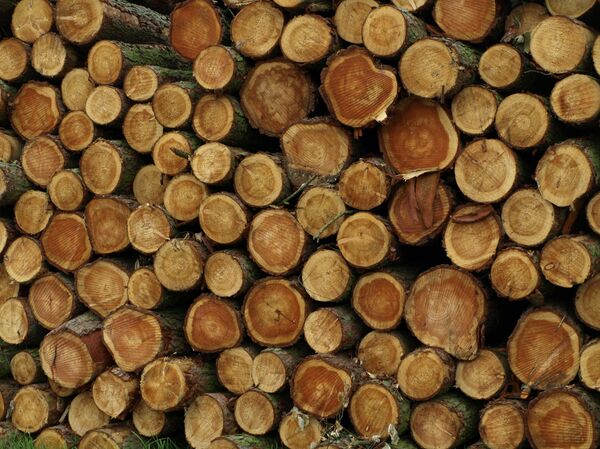Scientists from 19 countries have taken part in developing methodological approaches. Sentinel plantations have been recommended to be created in regions and countries that actively export woody plants and plant products.
"We've proposed two types of sentinel plantations, depending on the region of origin of the planting material. In the first case, woody plants native to the exporting country with economic value on the global market are planted. Normally, such plants are exported for landscaping and landscape design (for example, bonsai trees).

In the second case, sentinel plantations are plantings of seedlings or adult plants local to the host country", Natalya Kirichenko, one of the co-authors of the study, a senior fellow at the Institute of Ecology and Geography of the Siberian Federal University and Sukachev Institute of Forest of the Siberian Division of the Russian Academy of Sciences, explained.
According to her, sentinel plantations are able to attract local insect pests that can change their food preferences and switch to "guests", the plants that are not resistant to the "new" pests. The simplest examples of the second type of sentinel plantations are botanical gardens and arboretums. They host a wide range of introduced (unusual for a particular territory) species of woody plants, and they can also serve as targets for local pests.
"Timely diagnosis would help avoid the environmental disaster that happened on the Black Sea coast of the Caucasus, where whole groves of an endemic species of Colchis boxwood are now dying", Kirichenko said.
The authors of the study have developed universal protocols describing all the steps – from searching for harmful arthropod species (insects, herbivorous ticks, etc.) and phytopathogens (pathogenic fungi, bacteria, viruses, which are pathogens of plant diseases), to establishing taxa using morphological and molecular genetic methods.
These approaches will help to effectively identify the types of pests switching from local plants to those that have been introduced into the environment as "targets".
The research was carried out as part of the European Union's COST Action FP1401 Global Warning: Global Plantation Network as a System for the Early Detection of Alien Pests on Woody Plants. Russian participation was partially supported by grants from the Russian Foundation for Basic Research.




